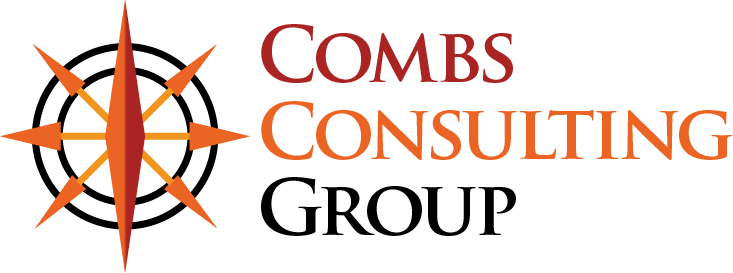We have been in the midst of a pandemic, the ensuing shelter-in-place orders, and several different versions of restrictions on commerce for almost six months now. There is not an end in sight and as a result, we are staring our “new normal” in the face.
So how, as business owners and entrepreneurs, can we address the needs of our team members, comply with new and constantly emerging regulations, and keep our businesses afloat during this unprecedented time?
I suggest that if every business made creating a culture of safety the highest priority, that perhaps we could keep our economy strong. I’ve written other articles about workplace safety. This one, however, is going to require us all to think outside of the proverbial box.
We all now understand that precautions such as wearing a cloth mask and maintaining a distance of at least six feet from our co-workers are now commonplace. So common, in fact, that we often forget and inadvertently step back into our old patterns of looking at the same computer together to do some problem solving or eating lunch in a group as we did in the days of yore (pre-March 19th). It’s easy to forget. That’s why creating a culture of safety is so important. It keeps safety at the top of everyone’s mind.
For Our On-Site Team Members
Most businesses have already adopted policies of disinfecting common surfaces often, providing touchless payments to their customers, installing barriers between workstations in addition to the required masks and social distances. However, I’ve noticed that some of us are forgetting. Or maybe we have mask fatigue.
One essential worker shared with me that she has wakes up at night after dreaming about wearing a mask. And yet, we must. The science shows us that wearing a mask, even one made of cotton, slows the spread of the virus. Nobody wants to have their business be the epicenter of an outbreak.
I’ve noticed a lot of creativity of some management teams. Some businesses have changed their shift start and end times so that team members would have less interaction with each other during shift changes. I was in a grocery store recently that strung about 15 feet of clear shower curtains between each line of cashiers to protect not only their team members, but their customers that were waiting in line too.
For Our Remote Team Members
I predict that the home office is a part of our long-term future as well. To prepare for that inevitability, businesses that are able to offer remote work should seriously consider continuing to offer that option even after the threat of COVID-19 has passed.
Businesses will need to ensure that team members have the ergonomic equipment that they need in place, just as they would at the office. In some cases, if team members need to toggle between the home office and the regular office, ergonomic equipment may need to be provided in both locations.
Work hours, perhaps a previously constant eight to five, may now need to be adjusted to ensure that employees have the flexibility to attend to their childcare or other family needs. With that flexibility, however, we should also ensure that team members don’t feel the need to work into the wee hours of the night.
A regular schedule is beneficial to everyone here – you need to know when your team members are available, and they need to have that sometimes elusive work-life balance.
Outside of the Workplace
It’s true that we don’t want to get too involved in the private lives of our team members by telling them what they can and cannot do outside of work hours. It’s also true that when there is a strong workplace culture, which is the collection of shared beliefs and values that you and your team members have, the behavior of your team members, on and off the clock, can be a reflection of the culture of your company.
The same would apply to a culture of safety and, therefore, could potentially impact many of the decisions about safety that team members make. Decisions like refraining from activities that could potentially expose them to the virus, such as attending large gatherings, travelling to areas with high virus activity, or even encouraging folks to stay home if they’re feeling unwell.
These actions have some clear implications in slowing the spread of this virus, but they also have the potential of creating connection between you, your team members, you customers, and, ultimately, the success of your business.
Final Thoughts
Talk to your team members. Ask them for their ideas on making their workplace safer. I think we’ll find that there is some great feedback to be had, especially from those working on the front lines of our business.
The faster that we all pitch in to protect our team members and our customers, the faster our economy will be able to reopen – it’s as simple as that.
Combs Consulting Group is excited to announce that we have launched our new online HR service (now available in all states!). Let us be your HR department with the HR navigation service.
